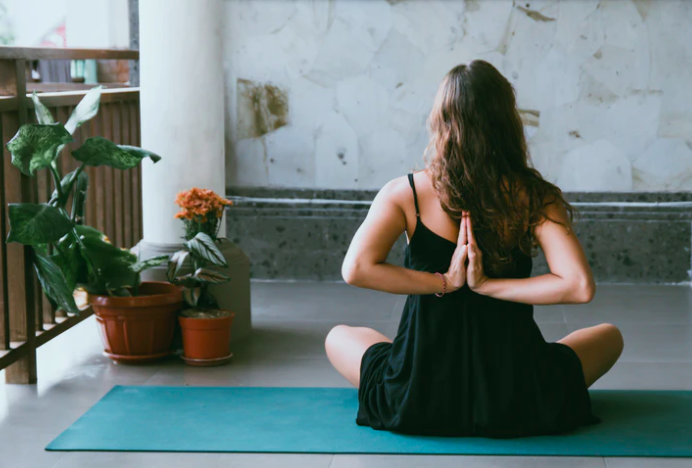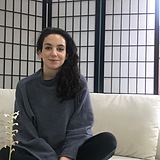Elephant’s Continually-updating Coronavirus Diary. ~ Waylon
~
“Live in the moment,” “Take each day as it comes,” “Focus on the present.”
Such is the advice of health professionals, the hashtags dotted throughout my Instagram feed, the parting words on a phone call to a friend. I appreciate these well-meaning comments. I understand their value.
Nonetheless I, like many others anxiously monitoring the life-altering impacts of the Coronavirus pandemic, cannot help but think of the lasting repercussions of the lockdown. Will we learn anything? Which elements of #quarantinelife will we take with us? Which will we choose to bury deep and deny ever existed?
For the yoga teaching community, reverting to a time before online teaching seems a near impossibility. There are too many gains to be made (flexible working hours, audience reach, student availability, outgoing costs) from online classes to provoke a complete post-virus exodus toward the studio setting.
This is not necessarily a bad thing. Interestingly, it seems possible that the transition to virtual yoga could be an opportunity to return to a more traditional way of teaching. Before mass yoga classes were introduced in the 50s, yoga teachers would create an individualized program for each of their students. The practitioner would work through this bespoke plan, touching base with their teacher regularly to correct, advise, adapt, and set new goals. In this way, the teacher served less as an instructor, as has become the Western norm, and more as a mentor.
The digital age seems capable of reviving this historic way of teaching, albeit in a modern format.
Where students have more time to dedicate to their personal practice and teachers opt for smaller groups (no longer tasked with meeting the studio’s capacity requirements), there is more time to focus on individual needs. These “needs” are increasing rapidly. As more students commit to yoga in a bid to break up the monotony of lockdown and relieve themselves from a globalised panic, teachers are finding themselves accommodating a surge in students wanting to initiate a personal practice.
Zoom, the apparent saviour (or sponsor—your choice) of the Coronavirus pandemic, has paved the way for this more tailored style of teaching. By eliminating travel expenses, studio costs, and the inevitable frustration of attempting to reach a mutually agreeable date, the handy communications platform has created a more efficient, cost-effective means of connecting student with teacher. It is tech at its best.
Is Mentoring the Way Forward?
So, how would this work? Yoga teachers can quickly divide the class up into 15-minute slots, dedicating this time to each student’s goals and intentions for their yoga practice. The program is constructed (a mixture of self-practice and unique challenges) and the student goes away with a clear idea of what they need to work on to reach their objectives. In an increasingly individualistic society well aware that one-size simply does not fit all, this form of yoga teaching seems ever more appropriate.
Unlike the often off-putting prices of private one-on-ones, these mentoring sessions could be charged as an add-on fee to a typical yoga membership. The result? More students taking up the offer of a brief weekly call, and consequently, more students engaging in valuable self-practice. Contrary to the nagging fear that student autonomy will provoke in-class dissent, when a teacher supports the establishment of an independent yoga routine, student trust and class-loyalty typically increase.
As the yoga community adapts to survive throughout this pandemic, so too is our conscience shifting. The changing ways students approach and interact with their practice will inevitably impact yoga teachers and how they choose to share their knowledge. New technology has resurrected old tradition in a modern format; as long as WiFi connection is available, students have quick access to personalised support and the much-longed-for community found in a class setting.
Let me be clear, I long for the human connection, the physical exchange of energy, and interaction of an in-person class. I yearn for the restrictions to be lifted so that once again I may place my mat down in a busy studio room. However, when that day comes and the lockdown is lifted, I hope we learn something. While we may choose to suppress all memory of those first-time Zoom calls, the poor noise quality and faulty recordings, let us not overlook the potential of home practice.
Let us recognise the value of nurturing our students outside of the classroom. Let us use this time as an opportunity to reassess how we approach our teaching both now and in many years to come.
~
Relephant:
~












Read 5 comments and reply